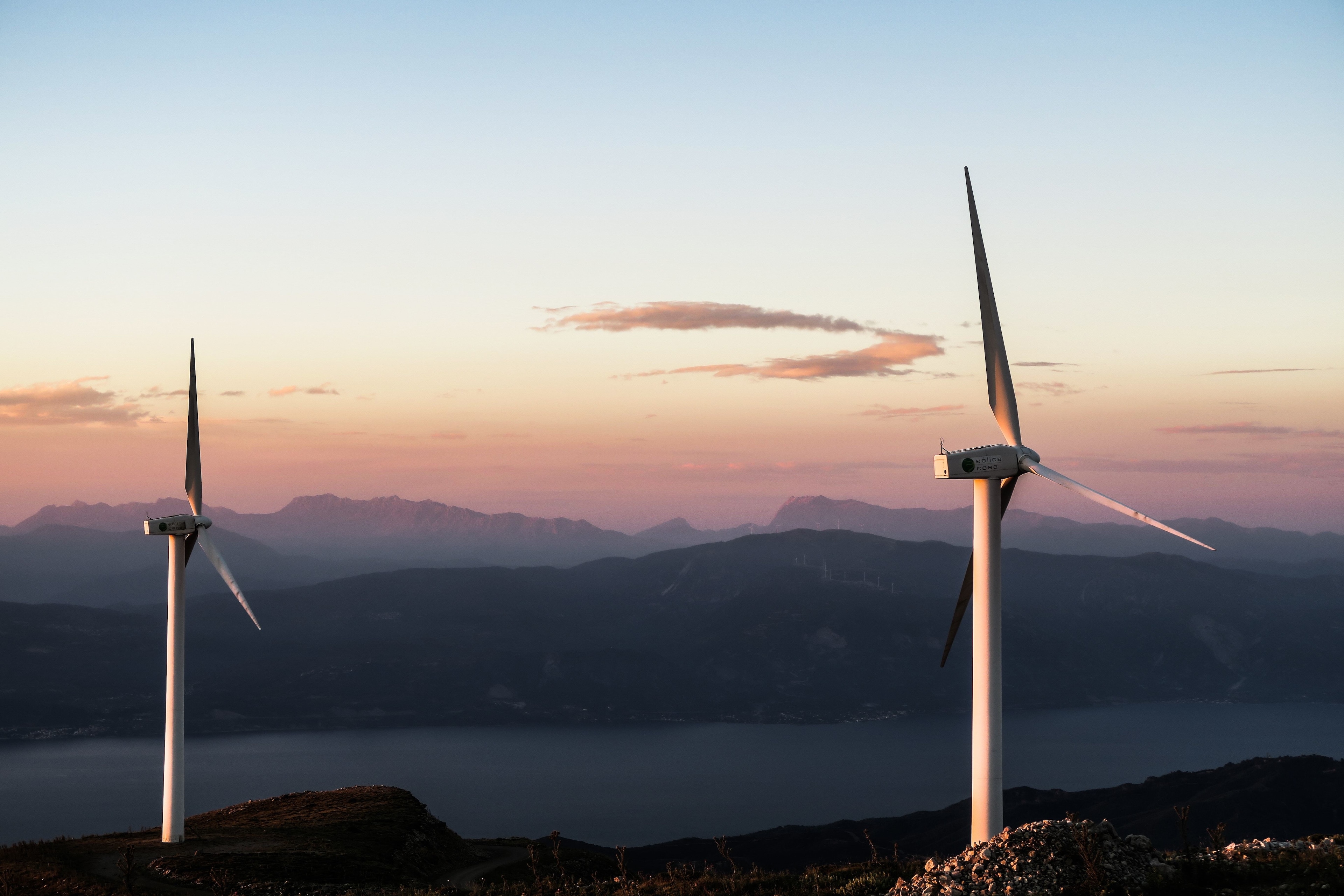3 Most relevant ways to speed up energy transition to a cleaner future

Ensuring energy efficiency is the most relevant way to accelerate energy transition Image: REUTERS/Albert Gea

Get involved with our crowdsourced digital platform to deliver impact at scale
Stay up to date:
Decarbonizing Energy
- Sustainable energy transition solutions are ready, but it all depends on the scale and execution.
- Energy efficiency alone can reduce about 44% of the CO2 emissions to the required levels by 2050.
- We need a determined leadership for smoother energy transitions and meeting SDGs.
We are running out of time to meet the Paris Agreement and achieve the United Nations Sustainable Development Goal (SDG) 7 on sustainable energy – “ensure access to affordable, reliable, sustainable and modern energy for all”.
We, therefore, need to speed up, but how quickly can we deliver change? And at what cost? The longer we wait, the higher the environmental, economic and social cost. But the solutions that will enable the sustainable energy transition are ready. Now, it all comes down to the scale and speed of the action.
Ways to accelerate energy transition
Here are three concrete ways to accelerate the energy transition processes.
1. The energy-efficient opportunity
Energy efficiency is the most cost-efficient solution, both short-term and mid-term. It is the one energy source every country possesses in abundance and, as such, a universal means to decouple economic growth from energy demand.
As part of a climate change strategy, energy efficiency alone can contribute to 44% of the CO2 emission reductions needed by 2050. Being more productive with every unit of energy we make, can also help deliver the SDGs with cleaner air, more nutritious food, comfortable classrooms, and livable cities – and it frees up energy to power electric vehicles. If we increase the current global renovation rate of existing buildings by 1% to 2% per year, as recommended by the International Energy Agency, it will be possible to power 550 million electric vehicles on the road by 2040 without any new energy demand.

2. Integrating renewables and energy efficiency for flexibility and resilience
Energy efficiency is also the foundation for faster and higher share of renewables. By working together, renewables and energy efficiency deliver around 90% of the energy-related CO2 emission reductions needed to reach our climate targets. The last piece of the energy transition puzzle is to ensure we connect the energy consuming sectors (buildings for heating and cooling, transport, water, and industry) with the energy-producing sectors through so-called “sector coupling”.
Supermarkets, for example, are an untapped energy resource that can supply both heating and cooling and even supply electricity for the e-mobility sector. We have thousands of supermarkets in our cities and keeping food cold or frozen across all these sites requires a lot of energy for cooling, creating an opportunity for the energy transition. The heat is taken out in the cooling process, which is currently wasted, could instead be recycled as part of a smart energy solution and used to heat the store or provide hot tap water for free. Supermarkets could also sell the heat to a local heating plant and distribute it through district energy systems.
This way, heat recovery solutions can save energy for other uses and reduce the pressure on our energy system. Additionally, connected buildings, such as supermarkets or data centres, can offer excess capacity in an increasingly renewable energy-based system, providing flexibility when the sun is not shining, or the wind is not blowing.

3. Unleashing the potential by working together to accelerate the energy transition
A sustainable energy transition is the path and, by working together, we can move the needle. Ambitious, forward-thinking companies, governments and public and private institutions are stepping up to develop and implement future-proof solutions.
Take the world’s most powerful electric ferry, Ellen. In August this year, Ellen took her maiden voyage on the waters of Denmark. She is the result of an EU-funded project with public and private partners from several member states including the Municipality of Aerø, Denmark, where the ferry is based, and Danfoss Editron.
In this moment of urgency, determined leadership is necessary to set us on the critical path to achieving the Paris Agreement and the global goal on sustainable energy, SDG7. Yet, despite cost-effective savings and several health and environmental benefits, few countries have yet embraced the true opportunity of energy efficiency as the key enabler of the energy transition in their policy. Let’s act now. Let’s execute on the proven ways towards sustainable energy consumption.
Don't miss any update on this topic
Create a free account and access your personalized content collection with our latest publications and analyses.
License and Republishing
World Economic Forum articles may be republished in accordance with the Creative Commons Attribution-NonCommercial-NoDerivatives 4.0 International Public License, and in accordance with our Terms of Use.
The views expressed in this article are those of the author alone and not the World Economic Forum.
Related topics:
The Agenda Weekly
A weekly update of the most important issues driving the global agenda
You can unsubscribe at any time using the link in our emails. For more details, review our privacy policy.
More on Climate ActionSee all
Pooja Chhabria and Michelle Meineke
April 28, 2024
Lisa Donahue and Vance Scott
April 28, 2024
Kate Whiting
April 26, 2024
Santiago Gowland
April 24, 2024
Amanda Young and Ginelle Greene-Dewasmes
April 23, 2024
Andrea Willige
April 23, 2024






